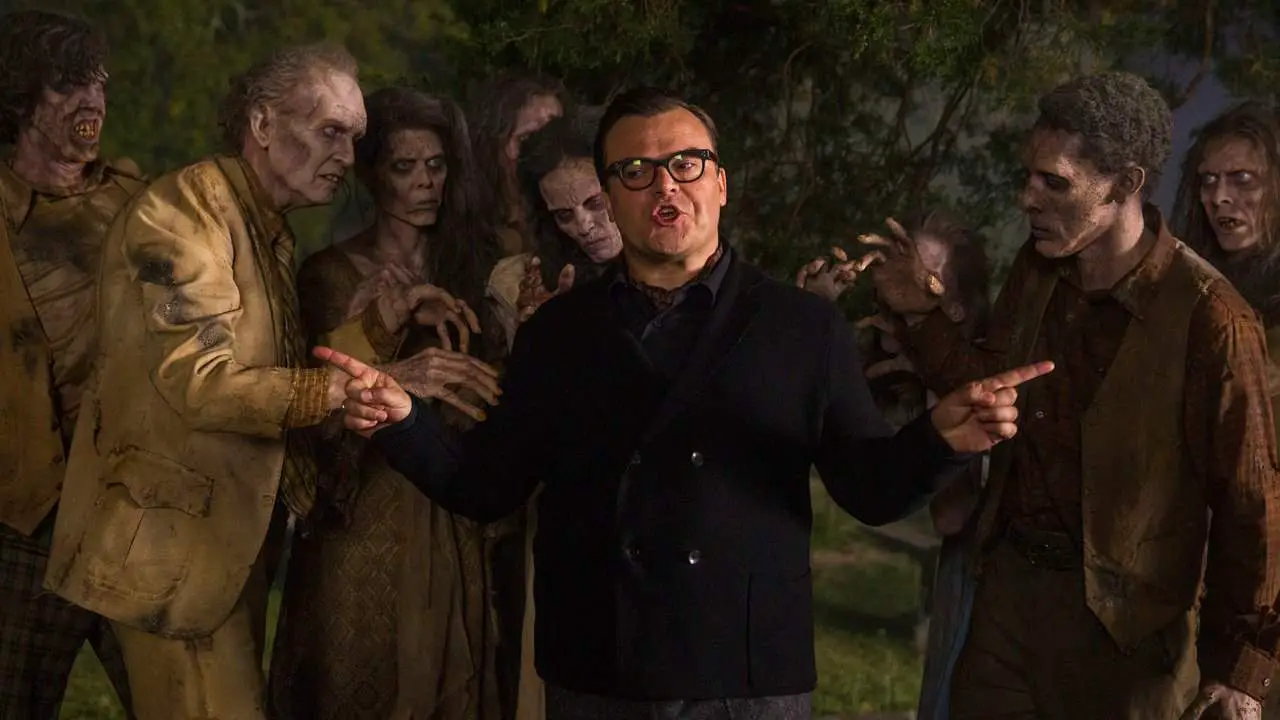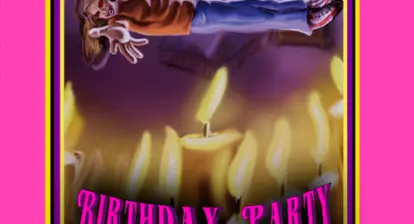Nobody really knew what Batman was going to be, but they wanted it badly. The buzz surrounding that film was absolutely insane. We live in an age of hype, in an age where we have a comic book movie for almost every month of the year, so it’s easy to forget just how unbelievable the hype for Batman was when it was first coming out in 1989. In a world after the release of Frank Miller’s The Dark Knight Returns, fans were beyond excited for a film that returned the character to his darker, edgier roots.
While the 1960s TV series certainly had a following, it was only an accurate representation of that era of Batman, not of the Batman concept as a whole. So fans were very grateful when the film hit theaters in 1989. It was a massive success. While its shows some flaws with age, it’s such a great blend of the 1930s and the 1980s. It’s stylish, but pulpy, which is part of why I think it led to movies like The Shadow and The Phantom.
Because of the success, I think they put a lot more faith in Tim Burton as a director when it came time to make the sequel. In fact, he almost didn’t come back. He didn’t want to do it unless it would be different enough to warrant its existence instead of just rehashing the first. He went on to direct Edward Scissorhands, but came back for Batman Returns instead of directing Nightmare Before Christmas when it was basically promised that he could do whatever he wanted with the sequel.

It’s also a full-blown horror movie. This is German Expressionist Batman, full of references to the classic silent era of horror, not the least of them naming major antagonist Max Schreck after Nosferatu’s lead actor. The Penguin is also drastically redesigned, both visually and in terms of his origin. In the original comics, he’s just a short, fat guy in a suit who loves umbrellas.
But Batman Returns sets up the Penguin to feel more like a Universal classic monster. Here, he’s a deformed man who was discarded as a baby and grew up in the sewers. The prologue of this film, before we even hit the opening credits, depicts a baby eating a cat and then being nearly murdered by his parents who toss him over a bridge and out of their lives on the eve of his birth.
While there are elements of him that make him recognizable as the iconic comic character, Penguin’s appearance in the film is primarily based on the titular villain in The Cabinet of Dr. Caligari.
But the Penguin is not the only villain in Batman Returns, nor even the most interesting. Michelle Pfeiffer easily steals the show as an exceptional take on Catwoman. This version is not a sexy cat burglar, but a lowly secretary who proves her expendability when she stumbles onto some illegal dealings and is promptly tossed out a window by her boss.
 That’s one of the best things in Batman Returns, even if it’s kind of grimy. Both Penguin and Catwoman are depicted in the film as people who were literally thrown away by society. Selina Kyle’s transformation into Catwoman is anything but glorious. We’re witnessing a full psychological breakdown. This is a broken woman who becomes an antihero when she has absolutely nothing left.
That’s one of the best things in Batman Returns, even if it’s kind of grimy. Both Penguin and Catwoman are depicted in the film as people who were literally thrown away by society. Selina Kyle’s transformation into Catwoman is anything but glorious. We’re witnessing a full psychological breakdown. This is a broken woman who becomes an antihero when she has absolutely nothing left.
Her relationship with Bruce Wayne is easily the most endearing romantic subplot in any of the Batman films to date. They’re both shattered, insecure people who feel like they have to hide everything from the other. They’re so similar in so many ways, but ultimately can’t be together because their ideals are so completely different.
What I love about Michael Keaton’s performance is that he can be dark and brooding without it becoming irritating. The film is designed for that. And he’s not dragging down scenes with it. One of the best shots of the film is just a shot of Bruce sitting in the dark by himself until he sees the signal light up the sky.
 There’s no real villainous plot other than Trump-esque Max Schreck convincing Penguin to run for mayor until the third act, when Penguin gets the idea to kill every firstborn son in Gotham. That’s the ultimate goal. The final act revolves around Penguin’s attempt to mass murder babies, which is then thwarted by Batman programming the armed penguins to kill themselves instead.
There’s no real villainous plot other than Trump-esque Max Schreck convincing Penguin to run for mayor until the third act, when Penguin gets the idea to kill every firstborn son in Gotham. That’s the ultimate goal. The final act revolves around Penguin’s attempt to mass murder babies, which is then thwarted by Batman programming the armed penguins to kill themselves instead.
There’s just no way around it, this movie is dark as hell and that’s why Warner Bros didn’t really want Tim Burton to come back for another one. But if you’re into that, it’s a great damn time. This is a full-on horror film, a throwback to the classic era, and it excels at that. It’s dark to look at, it’s dark in terms of the production design, but also in the actual story beat and—especially—in the psychology of its major characters.
Batman is fundamentally rooted in horror, so I think Returns certainly has a place in the character’s cinematic pantheon. To this day, it remains one of my favorite comic book movies of all time, even though I completely understand what a hard time the studio had trying to market the damn thing to children.







